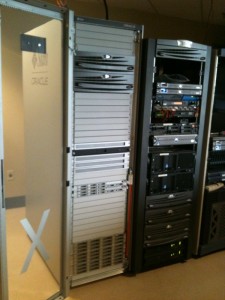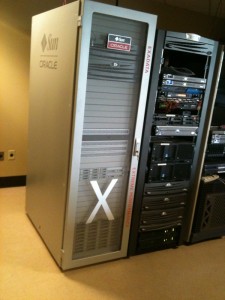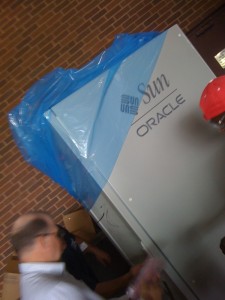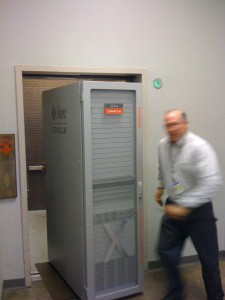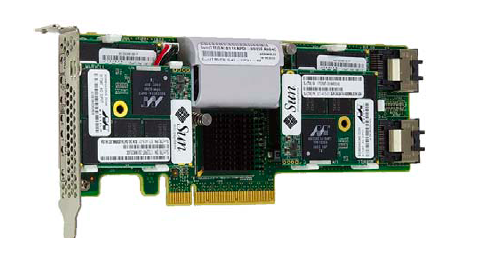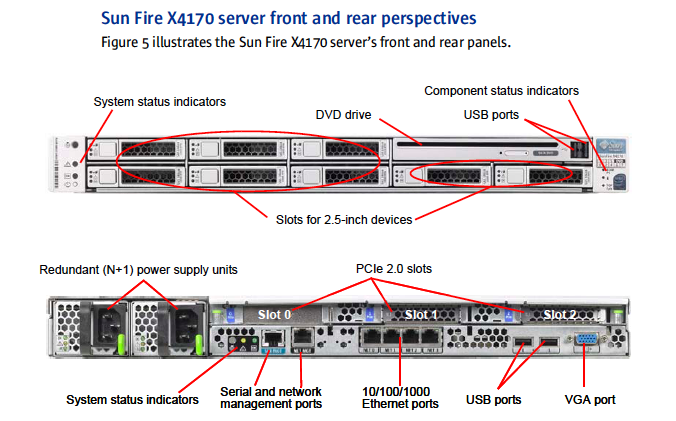Oracle Exadata – Storage Indexes
Wow! – I was stunned a few days ago by Exadata’s Storage Indexes. I was doing a little testing to see what could be offloaded and what couldn’t (more on that later). I have a 384 million row table I was using on our Exadata Quarter Rack test system. A single threaded full scan with no where clause on the table takes about 24 seconds (ho hum – it’s amazing how quickly we become numbed to the outstanding performance ). So imagine my surprise when I decided to check and see how many nulls I had in a column and the result came back in .07 seconds. Wow! I thought it was a bug! Turns out it was the Storage Indexes. Alright already, I’ll show you some output from the system (by the way, as usual I used a couple of scripts: fsx.sql and mystats.sql):
SYS@LABRAT1> select count(*) from kso.skew3;
COUNT(*)
----------
384000048
1 row selected.
Elapsed: 00:00:24.06
SYS@LABRAT1> /
COUNT(*)
----------
384000048
1 row selected.
Elapsed: 00:00:23.94
SYS@LABRAT1> set timing off
SYS@LABRAT1> @mystats
Enter value for name: %storage%
NAME VALUE
---------------------------------------------------------------------- ---------------
cell physical IO bytes saved by storage index 0
1 row selected.
SYS@LABRAT1> set timing on
SYS@LABRAT1> select count(*) from kso.skew3 where col1 is null;
COUNT(*)
----------
12
1 row selected.
Elapsed: 00:00:00.07
SYS@LABRAT1> set timing off
SYS@LABRAT1> @fsx
Enter value for sql_text: select count(*) from kso.skew3 where col1 is null
Enter value for sql_id:
Enter value for inst_id:
INST SQL_ID CHILD PLAN_HASH EXECS AVG_ETIME AVG_LIO AVG_PIO AVG_PX OFFLOADABLE IO_SAVED_% SQL_TEXT
----- ------------- ------ ---------- ---------- ------------- ------------ ---------- ------ ----------- ---------- ----------------------------------------
1 0u1q4b7puqz6g 0 2684249835 5 .09 1,956,226 1,956,219 0 Yes 100.00 select count(*) from kso.skew3 where col
1 row selected.
SYS@LABRAT1> @mystats
Enter value for name: %storage%
NAME VALUE
---------------------------------------------------------------------- ---------------
cell physical IO bytes saved by storage index 16012763136
1 row selected.
So apparently Storage Indexes are NULL aware. Very cool! This may have repercussions regarding design and implementation decisions. There are systems that don’t use NULLs in order to insure that they can access records via B-Tree indexes (which as you’re aware do not store NULLs). SAP for example uses a single space character instead of NULLs.

